Business Life-Cycle
Posted by Amy Clickner on February 3, 2012
Economic development most of the time means business development. The Lake Superior Community Partnership works with businesses on a day to day basis to help foster the creation and retention of jobs in our community.
Beyond self-employed or single employee companies, there are four traditional “stages” that economic developers use to categorize the businesses they work with. Each categorical stage represents a phase in the businesses life-cycle. We have found the definitions used by the Edward Lowe Foundation helpful in categorizing businesses and identifying challenges they face as they grow from start-ups to mature companies. Here is a break-down of each stage as defined by the Edward Lowe Foundation (youreconomy.org):
Stage 1 (2-9 employees) – This stage is focused on defining a market, developing a product or service, obtaining capital and finding customers. Typically referred to as “start-ups,” this stage may also include partnerships and lifestyle businesses.
Stage 2 (10-99 employees) – At this stage, companies typically have a proven product and have moved beyond just simply trying to survive. These companies begin to develop infrastructure and standardize operational systems, as leaders begin to delegate more versus having their hands in all aspects of the operation. As you might imagine, Stage 2 companies make up the majority of the business community in Marquette County and represent the typical company that the LSCP business development team works with the most.
Stage 3 (100-499 employees) – This is the stage where companies begin to look for opportunities to expand; broaden their geographic reach, add new products and pursue new markets. Companies introduce formal processes and procedures, and the founder is less involved in daily operations and more concerned with managing culture and change.
Stage 4 (500 or more employees) – Typically stage 4 companies dominate their respective industry, and focus on maintaining and defending their market position. Key objectives are controlling expenses, productivity, penetrating the global market and managing market niches.
Not all companies fit neatly within the described stages. It is more important to define the challenges and opportunities facing a business and to develop solutions that allow the enterprise to grow and prosper than to categorize a business based upon the number of employees. However, these general descriptions are helpful in defining the common challenges that businesses encounter as they move through the business life cycle.
The LSCP is available to assist companies as they meet the variety of challenges and opportunities that exist in the business world. The LSCP provides a wide variety of effective development services from entrepreneurial assistance to site selection, financing, facilitation services, incentive support, grant writing/research and more.
If you are interested in learning more about economic development and what the Lake Superior Community Partnership can do for your business, please visit www.marquette.org or write to us at lscp@marquette.org.

